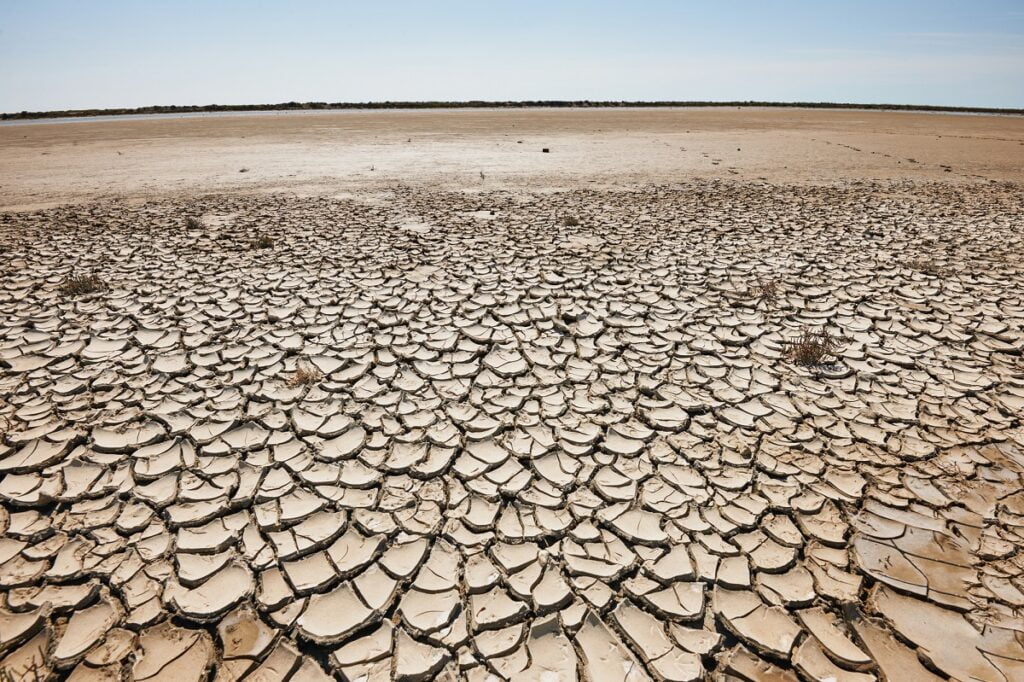Climate change is drying out millions of acres of soil and is expected to change the way countless ecosystems operate, according to an Israeli-led team of researchers.
Soil covering an area the size of the US and Brazil will have an average temperature of over 40C (104F) by the end of the century, they predict, together with a widespread drop in moisture levels.
The new study was published in the journal Nature Ecology and Evolution, and was led by Prof. José Grünzweig of The Hebrew University of Jerusalem. It was co-authored by Dr. Omer Tzuk and Prof. Ehud Meron of Ben-Gurion University of the Negev, among others.
They say that by studying the mechanisms of dryland areas – the third of the planet that suffers water scarcity – we can advance our future capacity to withstand climate extremes and lessen their impacts on nature and people.
The team compiled a list of adaptations of desert life that do not currently take place in wetter areas, such as the redistribution of water in soils by plant roots. These adaptations are controlled by environmental factors including high temperatures, inconsistent availability of water, and intense solar radiation.
These dryland mechanisms are increasing in frequency in wetter systems, and will be more relevant due to warmer and drier conditions from climate change.
For example, much of Europe experienced a severe drought and heat wave in summer 2018. As a result, the low plant cover in agricultural fields during this time likely led to desert-like biological processes occurring in these usually wet locations.
The scientific team recommends we look at how life works in arid regions to better predict how the world’s wetter areas will operate in the future.
Related posts

Israeli AI Safety Tool Among TIME’S Best Inventions For 2024

TAU Team Discovers Mechanism To Eliminate Cancerous Tumors

Ashdod Port Investing In Startups As Part Of Innovation Strategy




Facebook comments